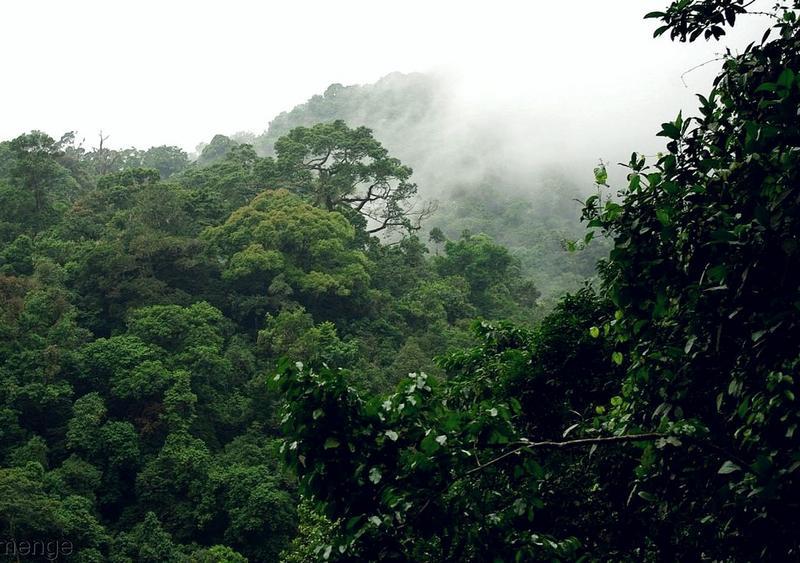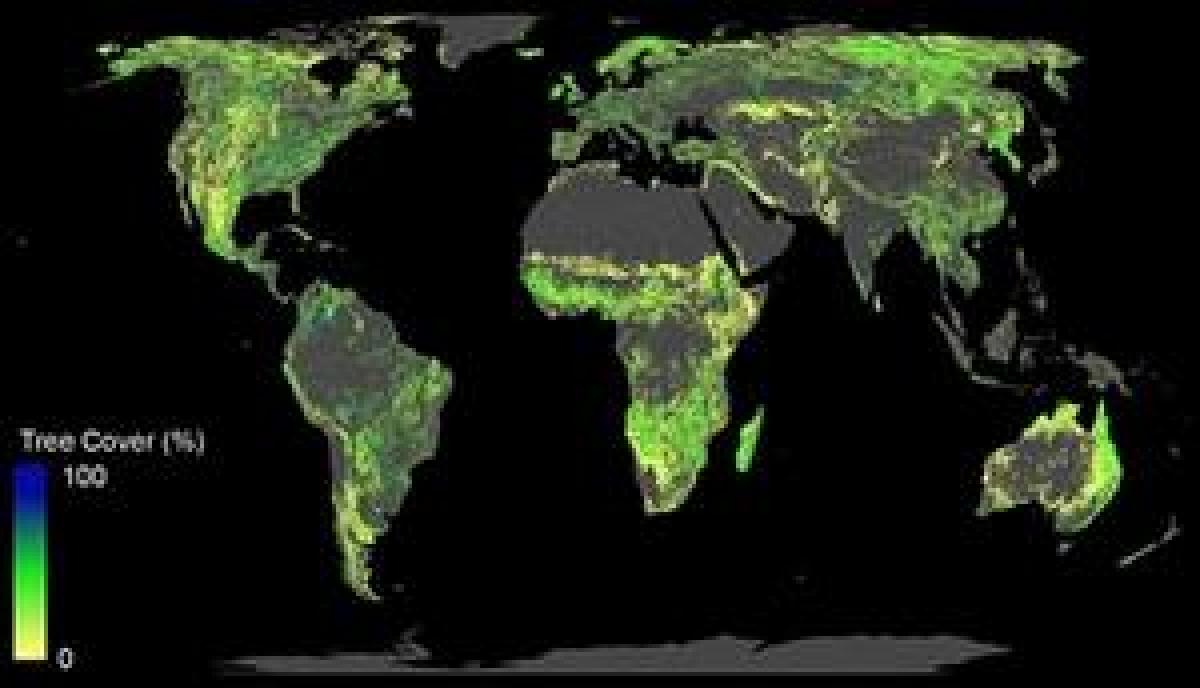Results & impact 10 October 2025
- Home
- Press area
- Press releases
- Trees could save the climate
How trees could save the climate

Mist and forest in southwestern Cameroon © CIRAD, C. Doumenge
The Crowther Lab at ETH Zurich investigates nature-based solutions to climate change. The ForDev team, a CIRAD/ETH partnership, explores the drivers of change in tropical landscapes. In their latest study, the researchers showed for the first time where in the world new trees could grow and how much carbon they would store.
Study lead author and former PhD student with CIRAD Jean-François Bastin explains: “One aspect was of particular importance to us as we did the calculations: we excluded cities or agricultural areas from the total restoration potential as these areas are needed for human life.”
Reforest an area the size of the USA
The researchers calculated that under current climate conditions, the Earth’s land area could support 4.4 billion hectares of continuous tree cover. That is 1.6 billion more than the existing 2.8 billion hectares. Of those 1.6 billion hectares, 0.9 billion fulfil the criterion of not being used by humans. This means that there is currently an area of the size of the US available for restoration. Once mature, these new forests could store 205 billion tonnes of carbon, about two thirds of the 300 billion tonnes of carbon that has been released into the atmosphere as a result of human activity since the Industrial Revolution.
“This is not a prescriptive study, nor is it a prediction, says Claude Garcia, from CIRAD and ETH, co-author of the study. With this paper, we do not show what should happen; we show the upper limit of what can happen. We wanted to explore and outline what are the physical limits of the Earth system. What is the global tree carrying capacity?”
Helping governments set realistic goals
Why does it matter? Because we are making decisions without really knowing what is possible and how much effort is needed. Once we knew how many trees can exist, we checked the pledges taken by the 48 countries that are part of the Bonn Challenge. The good news? In global, the ambition of the Bonn Challenge can be achieved. The bad news? Approximately 10% of countries have committed to restoring forests way beyond the area they have available for restoration. Over 43% of the countries have committed to restore an area that is less than 50% of the area available for restoration.
"In short, we help governments and citizens realize who under-pledged and could do more, and who over-pledged and should revise. By producing this map and the quantification, we help people set realistic goals. It all falls then on our collective responsibility to take the right decisions," says Claude Garcia.
Climate change will reduce tropical forests
According to Prof. Thomas Crowther, co-author of the study from ETH Zurich: “We must act quickly, as new forests will take decades to mature and achieve their full potential as a source of natural carbon storage.” Many current climate models are wrong in expecting climate change to increase global tree cover, the study warns. It finds that there is likely to be an increase in the area of northern boreal forests in regions such as Siberia, but tree cover there averages only 30 to 40 percent. These gains would be out-weighed by the losses suffered in dense tropical forests, which typically have 90 to 100 percent tree cover.
Russia best suited for reforestation
The study also shows which parts of the world are most suited to forest restoration. The greatest potential can be found in just six countries: Russia (151 million hectares); the US (103 million hectares); Canada (78.4 million hectares); Australia (58 million hectares); Brazil (49.7 million hectares); and China (40.2 million hectares).
Plant trees to have time to transform our societies
“It’s not about planting trees, it’s about letting and helping forests grow, says Claude Garcia. It does not solve the problem of emissions, but it buys time, time that is required to operate the transformations in our society that are needed to create better futures. Consider this: to take action, one needs to believe things are possible. With this paper, we expand the limits of what people thought possible.”




























